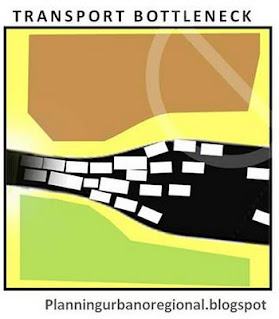A decade old or so..
In that very creative moment availability of tools at ones disposal seems immaterial, it was made by oil paints applied on paper like water color that time, probably water was also used instead of oil just to somehow spread the colors on paper, or may be a bit of fabric color as well. One could have created something like this even with charcoal, or eyeliner or toothpaste, or shaving cream, or tomato catch-up or may be with some combinations of them. Its that very urge to create something that one feels is art, getting caught up in arranging the perfect colors or brushes or tool or a perfect setting in merely postponing the creation of Art.
In that very creative moment availability of tools at ones disposal seems immaterial, it was made by oil paints applied on paper like water color that time, probably water was also used instead of oil just to somehow spread the colors on paper, or may be a bit of fabric color as well. One could have created something like this even with charcoal, or eyeliner or toothpaste, or shaving cream, or tomato catch-up or may be with some combinations of them. Its that very urge to create something that one feels is art, getting caught up in arranging the perfect colors or brushes or tool or a perfect setting in merely postponing the creation of Art.




.jpg)

